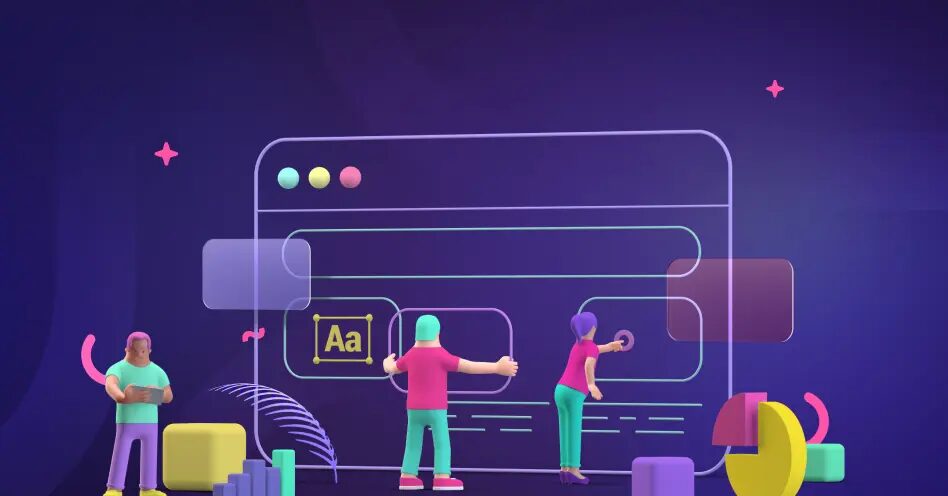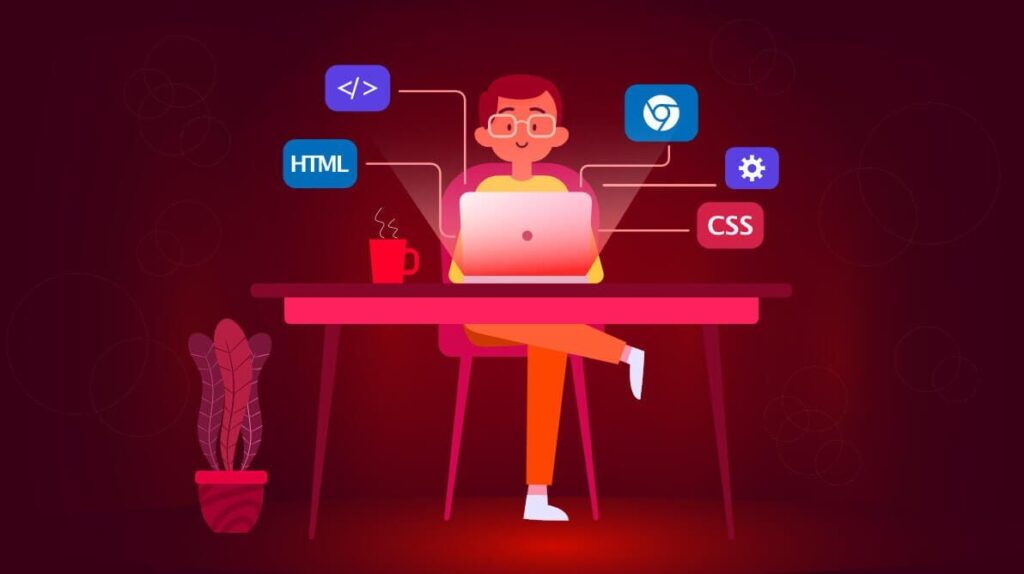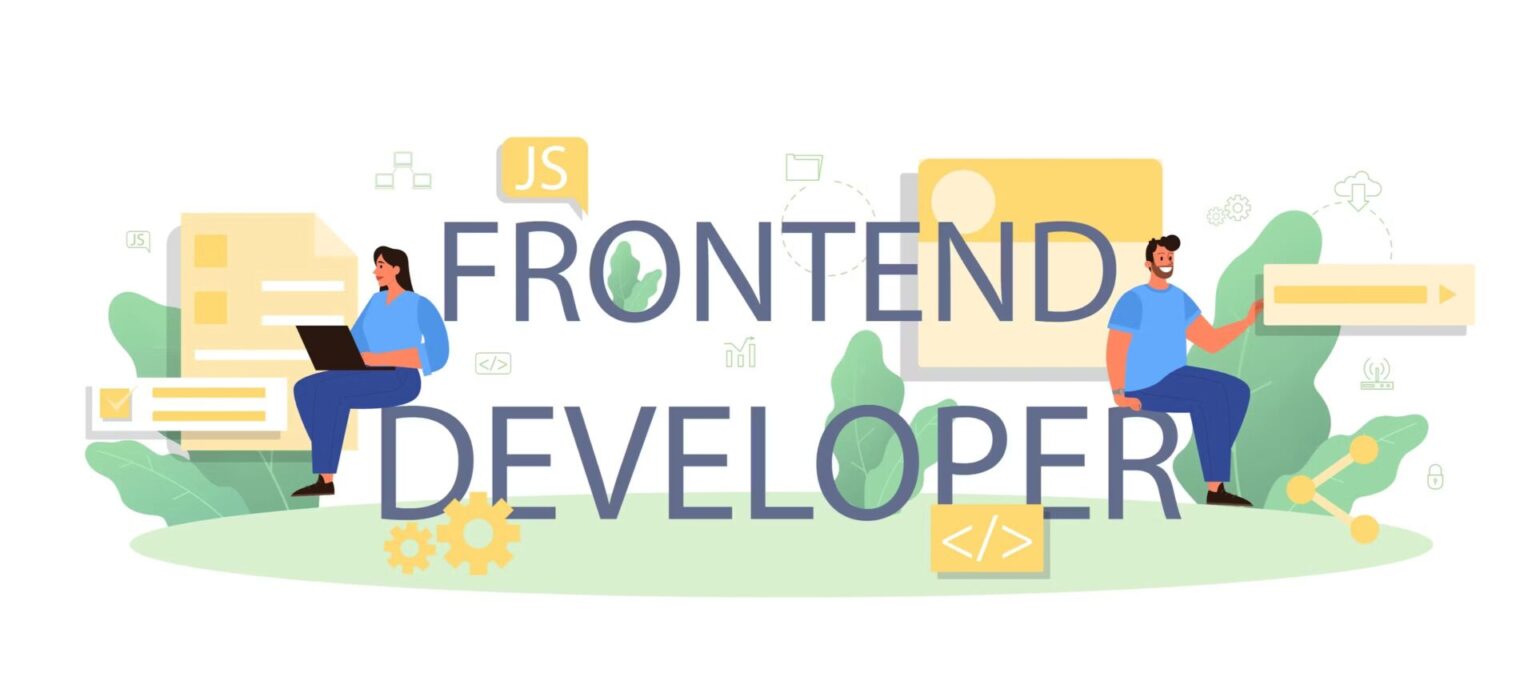Entering the world of front-end development can seem daunting for beginners, but it’s one of the most rewarding areas of computer programming. As a front-end developer, you’ll be responsible for creating the visual and interactive parts of a website that users see and interact with. This guide is designed to help beginners take their first steps, understand the essential skills, and gain confidence in building beautiful, functional websites.

What Is Front-End Development?
Front-end development focuses on the client-side of websites, dealing with everything a user experiences directly, from layout and design to navigation and interactivity. The goal of front-end development is to create a seamless, engaging user experience. Unlike back-end development, which handles databases and server-side logic, front-end development uses three main languages: HTML, CSS, and JavaScript.
As a front-end developer, you’ll work closely with back-end developers and designers, making it essential to have a solid foundation in code and an eye for design.
1. Learn the Basics of HTML, CSS, and JavaScript
The journey to becoming a front-end developer begins with three core languages: HTML, CSS, and JavaScript.
- HTML (HyperText Markup Language): HTML structures the content on a webpage. It’s the foundation of web development, allowing you to add headings, paragraphs, images, and links.
- CSS (Cascading Style Sheets): CSS is responsible for the look and layout of a webpage. It’s used to style HTML elements with colors, fonts, and positioning.
- JavaScript: JavaScript is a programming language that makes web pages interactive. With JavaScript, you can add dynamic features like sliders, forms, and animations.
Understanding these three languages is essential to front-end development and a strong starting point for those new to code learning.
2. Explore Online Coding Tutorials and Courses
For beginners, online coding tutorials are an excellent way to learn front-end development at your own pace. Websites like Codecademy, freeCodeCamp, and Coursera offer a range of tutorials on HTML, CSS, and JavaScript, complete with exercises and quizzes. These platforms guide you through each language step-by-step, making learning approachable.
Additionally, joining coding workshops can provide hands-on experience and the chance to learn directly from industry professionals. Some workshops also offer real-world coding exercises to practice your skills in a structured environment.
3. Get Familiar with Version Control (Git and GitHub)
Version control is a critical skill in software engineering that every front-end developer should master. Git is a popular version control system that helps you track changes in your code, revert to previous versions, and collaborate with others. GitHub, on the other hand, is a platform for hosting and sharing Git repositories, making it easier to collaborate on coding projects.
Even if you’re a beginner, learning the basics of Git and GitHub will benefit your development process. They’re essential tools for organizing, maintaining, and sharing code with others, especially when working on larger programming projects.
4. Master Responsive Design and Mobile Optimization
With the rise of mobile users, responsive design has become a must-have skill for front-end developers. Responsive design ensures that websites look and function well across different screen sizes and devices. CSS frameworks like Bootstrap make it easy to create responsive layouts, while CSS Grid and Flexbox allow for more customization and control over your page’s layout.
Mobile optimization is equally important. It’s essential to understand how to optimize images, reduce load times, and implement touch-friendly navigation. Practicing responsive design principles will make you a versatile developer capable of creating adaptable, user-friendly websites.
5. Dive into Coding Exercises and Small Projects
Practicing what you learn through coding exercises and projects is one of the most effective ways to solidify your skills. Start with small projects like a personal portfolio website, a to-do list, or a simple blog. These projects allow you to apply HTML, CSS, and JavaScript in a meaningful way, helping you build confidence.
Projects also play an essential role in your coding portfolio, which will showcase your skills to potential employers. Many online coding tutorials and platforms, like CodePen and JSFiddle, allow you to practice coding in real time, making it easier to test your code and troubleshoot issues.
6. Get Comfortable with Front-End Frameworks and Libraries
Once you have a solid foundation in HTML, CSS, and JavaScript, it’s time to explore frameworks and libraries that streamline the development process. Two popular options in front-end development are:
- React: A JavaScript library for building user interfaces. React allows you to create reusable components, making it easier to manage complex web applications.
- Bootstrap: A CSS framework that simplifies responsive design. With pre-built components and a grid system, Bootstrap makes it easy to create mobile-friendly websites.
Learning to use these tools can significantly boost your productivity and is often a requirement in modern software engineering roles.
7. Practice Debugging and Problem-Solving
Debugging is an essential skill in any programming field. For front-end developers, debugging often involves identifying and fixing issues in HTML, CSS, and JavaScript code. Familiarize yourself with developer tools available in browsers like Chrome, which offer debugging features to inspect and troubleshoot elements on your webpage.
Taking on coding challenges that focus on debugging will improve your problem-solving skills and prepare you for real-world scenarios. Coding platforms like LeetCode and HackerRank provide practice exercises that can help strengthen your debugging and logic-building skills.
8. Develop an Eye for Design
Front-end development isn’t just about coding—it’s also about creating visually appealing and user-friendly designs. Understanding design basics, like color theory, typography, and layout principles, can make a big difference in the quality of your work. Tools like Figma or Adobe XD are helpful for creating mockups and testing design ideas before coding them.
Having a basic sense of design is particularly beneficial when collaborating with UI/UX designers and ensuring that your code aligns with their vision for the user experience.
9. Start Building a Portfolio
As you complete coding projects, start building a portfolio to showcase your work. A portfolio is essential for front-end developers, as it provides tangible evidence of your skills and creativity. Include projects that demonstrate a range of abilities, such as responsive design, JavaScript interactivity, and use of frameworks.
A strong portfolio will not only attract potential employers but also serve as a testament to your commitment to coding. You can create a personal portfolio website using the skills you’ve learned, making it a project in itself and an excellent way to stand out in the job market.
10. Continue Learning and Take on Advanced Courses
Front-end development is an ever-evolving field, with new tools and techniques emerging regularly. Consider taking advanced courses in algorithms, data structures, and JavaScript frameworks to deepen your skills. Platforms like Udacity and Coursera offer specialized courses, such as Algorithms course or Advanced JavaScript, that build on your foundation.
Continuous learning and taking on new programming lessons will keep your skills relevant and make you a versatile developer, prepared to tackle any challenge in web development.

Take Your First Steps in Front-End Development
Becoming a front-end developer requires dedication, practice, and a solid understanding of HTML, CSS, and JavaScript. By following these steps—from mastering the basics to building a portfolio—you’ll be well on your way to a successful career in front-end development.
The key to success is to practice consistently, seek out resources like coding workshops and tutorials, and never stop learning. With persistence and enthusiasm, you’ll progress from a beginner to a skilled front-end developer, ready to take on exciting projects and make your mark in the tech world.




